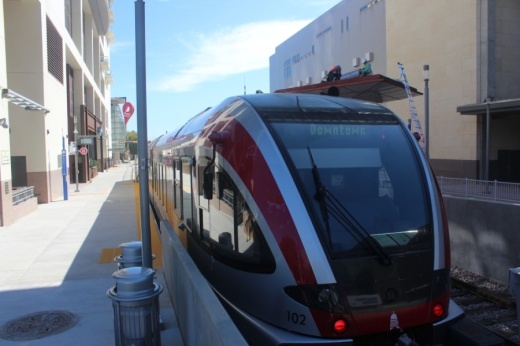The next step involves public engagement as Capital Metro goes through a federally regimented environmental review process before it can begin design and construction on the suite of projects. That review process will be longer for the two new light-rail lines than it will be for the new bus routes.
Between Jan. 26-29, Capital Metro is holding virtual scoping meetings to discuss the Orange Line, which will run north and south between Stassney Lane and the North Lamar Transit Center, and four meetings for the Blue Line, which will run between North Lamar and the Austin-Bergstrom International Airport. Combined with the downtown tunnel that will take both lines away from traffic in Austin's core, the light-rail lines make up more than 80% of Project Connect's total costs.
The virtual scoping meetings covered the project's history, environmental process, purpose, goals and objectives of the rail lines, among other topics, and gave residents a chance to provide feedback.
Dave Couch, Capital Metro's program manager for Project Connect, told the agency's board members Dec. 14 the process from here out is very structured and stringent based on federal approvals the agency will need. The tax rate election Nov. 3, Couch said, puts Capital Metro "way ahead" in the financial approvals it will need.
According to a timeline he presented Dec. 14, the rail lines could move into the project engineering phase in early 2023. Initial timelines Capital Metro released ahead of the vote said construction could begin in 2024.
The timeline leading to construction on new bus lines is shorter than it is for rail. Virtual meetings for the new Expo and Pleasant Valley lines that will run through East and Southeast Austin are scheduled for Feb. 2-4. That will be followed, Couch said, by environmental clearance and construction procurement, with work on new stations set to begin in the fall and be completed around spring 2023.
This story is part of Community Impact Newspaper's Annual Community Guide, which takes a look at the biggest development, health care, education, government and local business stories for the year ahead.





